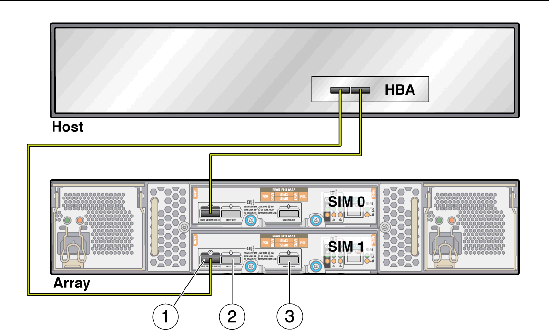Hello,
I´m testing Napp-it over OmniOS in a 48 x 1TB HDD Array without SSDs. I created many testing disk pools (4, 20 and 40 HDD pools) with a RAID10 (striped mirror) configuration.
With the optimal block size one single HDD have a performance of 76Mb/s W and about 102Mb/s R (secuencial). And all are the same model.
The different Benchmarks results give me an (in my opinion) slow performance with the 4HDD pool but even worse, the performance doesn´t increase in a lineal way (as the on-line RAID calculators* suggest it should happen) when I add more HDDs to the pool.
for exemple the default bonnie++ gives me;
1 x HDD pool ------> 76 Mb/s Sequential Write - 102 Mb/s Sequential Read (Basic pool)
4 x HDD pool ------> 154 Mb/s Sequential Write - 258 Mb/s Sequential Read (RAID 10)
8 x HDD pool ------> 308 Mb/s Sequential Write - 458 Mb/s Sequential Read (RAID 10)
16 x HDD pool ----> 364 Mb/s Sequential Write - 573 Mb/s Sequential Read (RAID 10)
24 x HDD pool ----> 397 Mb/s Sequential Write - 671 Mb/s Sequential Read (RAID 10)
34 x HDD pool ----> 384 Mb/s Sequential Write - 692 Mb/s Sequential Read (RAID 10)

*On-line RAID calculators;
http://wintelguy.com/raidperf.pl
http://www.wesworld.net/raidcalculator.html
I thing something must be wrong here, can somebody give a tip about this results?
Thanks in advance. Regards,
I´m testing Napp-it over OmniOS in a 48 x 1TB HDD Array without SSDs. I created many testing disk pools (4, 20 and 40 HDD pools) with a RAID10 (striped mirror) configuration.
With the optimal block size one single HDD have a performance of 76Mb/s W and about 102Mb/s R (secuencial). And all are the same model.
The different Benchmarks results give me an (in my opinion) slow performance with the 4HDD pool but even worse, the performance doesn´t increase in a lineal way (as the on-line RAID calculators* suggest it should happen) when I add more HDDs to the pool.
for exemple the default bonnie++ gives me;
1 x HDD pool ------> 76 Mb/s Sequential Write - 102 Mb/s Sequential Read (Basic pool)
4 x HDD pool ------> 154 Mb/s Sequential Write - 258 Mb/s Sequential Read (RAID 10)
8 x HDD pool ------> 308 Mb/s Sequential Write - 458 Mb/s Sequential Read (RAID 10)
16 x HDD pool ----> 364 Mb/s Sequential Write - 573 Mb/s Sequential Read (RAID 10)
24 x HDD pool ----> 397 Mb/s Sequential Write - 671 Mb/s Sequential Read (RAID 10)
34 x HDD pool ----> 384 Mb/s Sequential Write - 692 Mb/s Sequential Read (RAID 10)

*On-line RAID calculators;
http://wintelguy.com/raidperf.pl
http://www.wesworld.net/raidcalculator.html
I thing something must be wrong here, can somebody give a tip about this results?
Thanks in advance. Regards,
Last edited:
![[H]ard|Forum](/styles/hardforum/xenforo/logo_dark.png)





